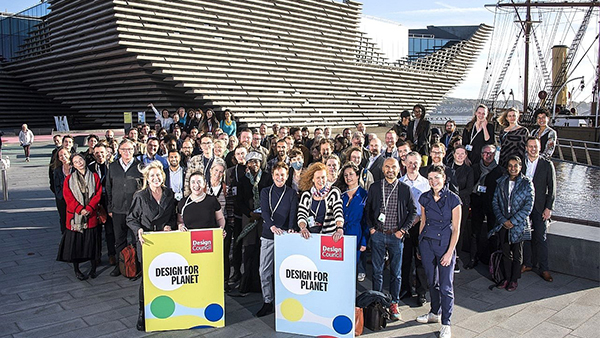I have a splendid new RSA publication in my desk. It is called ‘How to be Ingenious’ and behind it there is a story.
The pamphlet’s author, Jamie Young, and the director of his team, Julian Thompson, came to see me about a year ago saying they wanted to explore the idea of ingenuity. Trying – as is my wont - to combine encouragement with challenge I said it was a great idea but they would find it very difficult to distinguish ingenuity from other (over-used) concepts such as creativity or innovation.
Since then we have been round the block at least five times. Jamie has written drafts. I have said ‘I like it but I’m still not convinced’. Jamie and Julian organised a seminar with some of the world’s leading exponents of the specificity of ingenuity as a concept. I enjoyed the seminar and liked the speakers but, still, I wasn’t sure. I’ve tried the idea on other people to discover whether it has an intuitive appeal. Yes, it does, but not quite a light bulb moment.
Then a few weeks ago a new draft appeared and this time I was hooked. I think maybe it’s the brilliant idea of looking at ingenuity through the lens of three very different examples; an engineer, a survivalist and an improvisational comedian. I now subscribe with (almost) total confidence to the idea of ingenuity being a distinct, powerful and timely concept.
The pamphlet says ingenuity has three distinct characteristics:
• It uses the resources at hand
• It involves surprising combinations
• It solves a pre-existing practical problem.
The example given by a speaker in the ingenuity seminar was the way his dad rigged up a pulley system so that as a child he and his sister could sit in the back of their Vauxhall Viva ‘rowing’ the windscreen wipers after they broke down on a drive to London during a rain storm.
Not only are ingenuous solutions clever but by being frugal they are particularly suited to challenges such as austerity and sustainability. But most of all they have a power to fascinate and delight us which goes way beyond the latest new gizmo from Apple or product from Tesco.
Another famous example is the way Ed Smylie and his team improvised to create a new air filter system to get the crew of the crippled Apollo 13 safely back to earth.
There is nothing as evangelical as a cynic converted. I have a limited number of really rather beautiful pamphlets available (they aren’t even released to the world until Monday). I will send a copy (signed by the author, and even me if you insist) to anyone who promises to tweet or blog about it (nicely of course).
And when you’ve finished reading it and sharing it with your friends I will, of course, expect you to find an ingenious use for the pamphlet and tell me about that too.
(PS: Barbara, here. On behalf of Matthew, thanks for your responses and interest - if you would like a copy, and prefer not to be put your address out into the public domain, you can email me on barbara.corbett@rsa.org.uk. Thanks)
Related articles
-
A design revolution for the climate emergency
Joanna Choukeir
Joanna Choukeir on Design for Planet, the global gathering of designers during COP26, and the changes design must make.
-
-




Be the first to write a comment
Comments
Please login to post a comment or reply
Don't have an account? Click here to register.